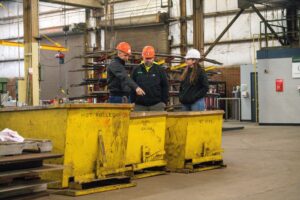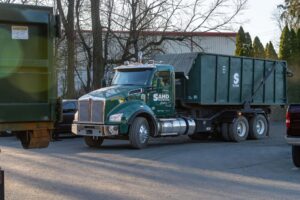Customers often wonder how we scrap metal prices are set, and thankfully advances have allowed for a much clearer picture of what used to be an often hidden process. There are a variety of factors that go into our prices, including the type of metal, current overal market value, and location. Today, we’re here to break down the process of figuring out how to get the most for your metal by understanding how scrap metal prices are set.
As with everything in our world economy, wars, supply chain disruptions, currency fluctuations, tariffs and any number of other factors can influence the pricing of metals. A mining strike, a report on a shortage of crucial materials for the coming EV revolution like nickel and copper, or the spike in a company that uses those metals can push metal pricing in many different directions on the same day!
At Sahd Metal Recycling we have a core value of Acting with Integrity and Transparency, and that fits in perfectly with our pricing philosophy. First, our scrap metal prices for ferrous and non-ferrous metals are always posted on our website, https://recycleyourmetal.com/scrap-metal-prices/. We believe every customer has the right to know the value of their metal before making a decision on which scrap yard to visit. We update our prices as necessary and follow market trends very closely.
Our customer price sheet would include all of the basic pricing for customer metals such as lite iron, prepared and unprepared steel, copper, aluminum, brass, and stainless steel. We offer better pricing for large quantities of material, and we even offer our customer loyalty program which allows our regulars to get a 3% pricing bump when selling metal and a 3% discount for buying metal.
For our commercial and industrial customers, the process is a bit different but equally as transparent. Each metal commodity is priced out on a formula basis, with our customers getting a percentage of the publicly traded price for that commodity. An example would be yellow brass, a common brass item that could be chromed or yellow brass that is common with pipe fittings and fixtures. Yellow brass is approximately 70% copper and 30% zinc. Kitcometals.com has LME copper updates accessible to everyone and we would price yellow brass as a percentage of the LME copper number. If for example LME Copper is pegged at $3.35 per pound- and our formula for yellow brass is 45% of that number- the current value would be $1.51 per pound. Should LME copper jump to $4.00 per pound the price of yellow brass would jump to $1.80 per pound. This percentage stays the same and bounces with the price of copper up and down.
The process for the other non-ferrous metals, aluminum, stainless steel, copper and zinc diecast would all proceed the same way. Within the major categories, the subcategories would each be assigned a different percentage of the main commodity. For example, aluminum extrusion is typically the highest priced aluminum grade and it would command a better percentage of the aluminum LME than aluminum siding or cast aluminum. Other grades like mixed aluminum and 5052 aluminum would similarly carry differing valuations. For stainless steel the price is based on a percentage of nickel. Nickel can fluctuate wildly and have very different percentages of material in each stainless steel alloy.
Steel pricing also follows the same formula process but is less volatile. Steel follows the publicly published American Metal Market monthly issue for the Philadelphia region. Each steel commodity (foundry steel, A36 steel, galvanized and busheling, prepared steel, unprepared steel, lite iron, and steel turnings) have their own categories and our customers have indexes that match up accordingly.
Steel pricing is set for the month and usually is not changed until the beginning of the following month. Factors that often impact pricing include the level of steel sales activity anticipated, the level of melting the mills are running at the current time, shutdowns, supply chain issues impacting customers of the mills, and even the strength of the US dollar. Because we are an East Coast accessible market, this often overlooked factor is very important because if international buyers find it more expensive to buy steel they will lower the price that domestic steel mills need to pay because they are less competitive.
No matter what the pricing is, whether it goes up or down and invariably it does both, we believe in communicating that information in a transparent manner. Aileen Romich will send out monthly pricing updates to give our customers a read on the scrap metal market along with their pricing. Our customers are often buying metal to run for their customers so this information is very helpful to them in their pricing forecasts for the cost of their metals, along with understanding the value of their scrap before it leaves their facility.
Sahd Metal Recycling lives by upfront formula pricing that takes the guesswork out of the process. We will publish all metals prices for copper, aluminum, stainless, brass and steel grades on our website, and for industrial customers we produce monthly updates with our pricing communicated in a clear manner.


